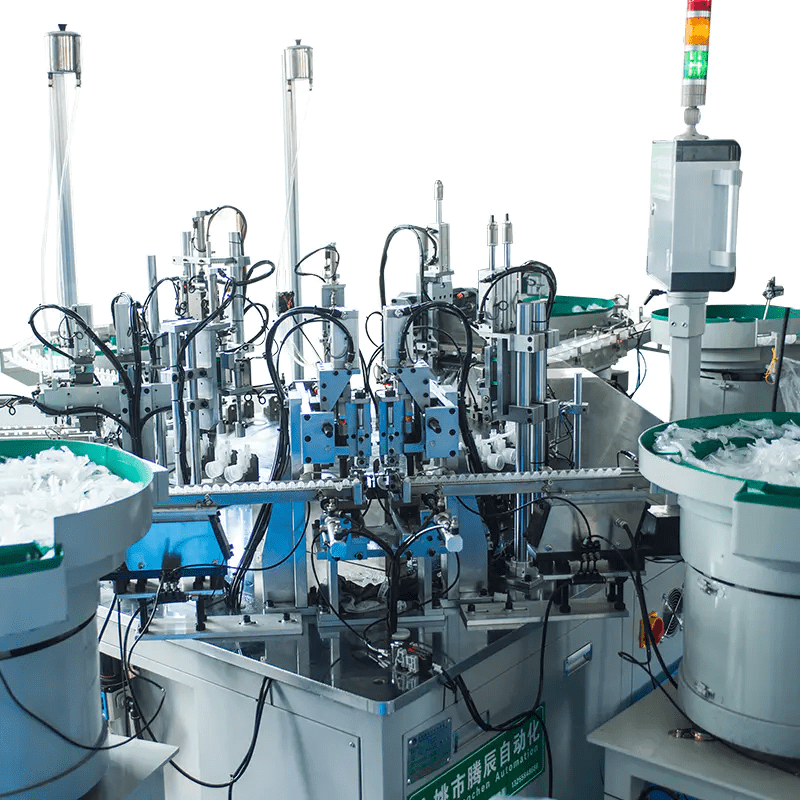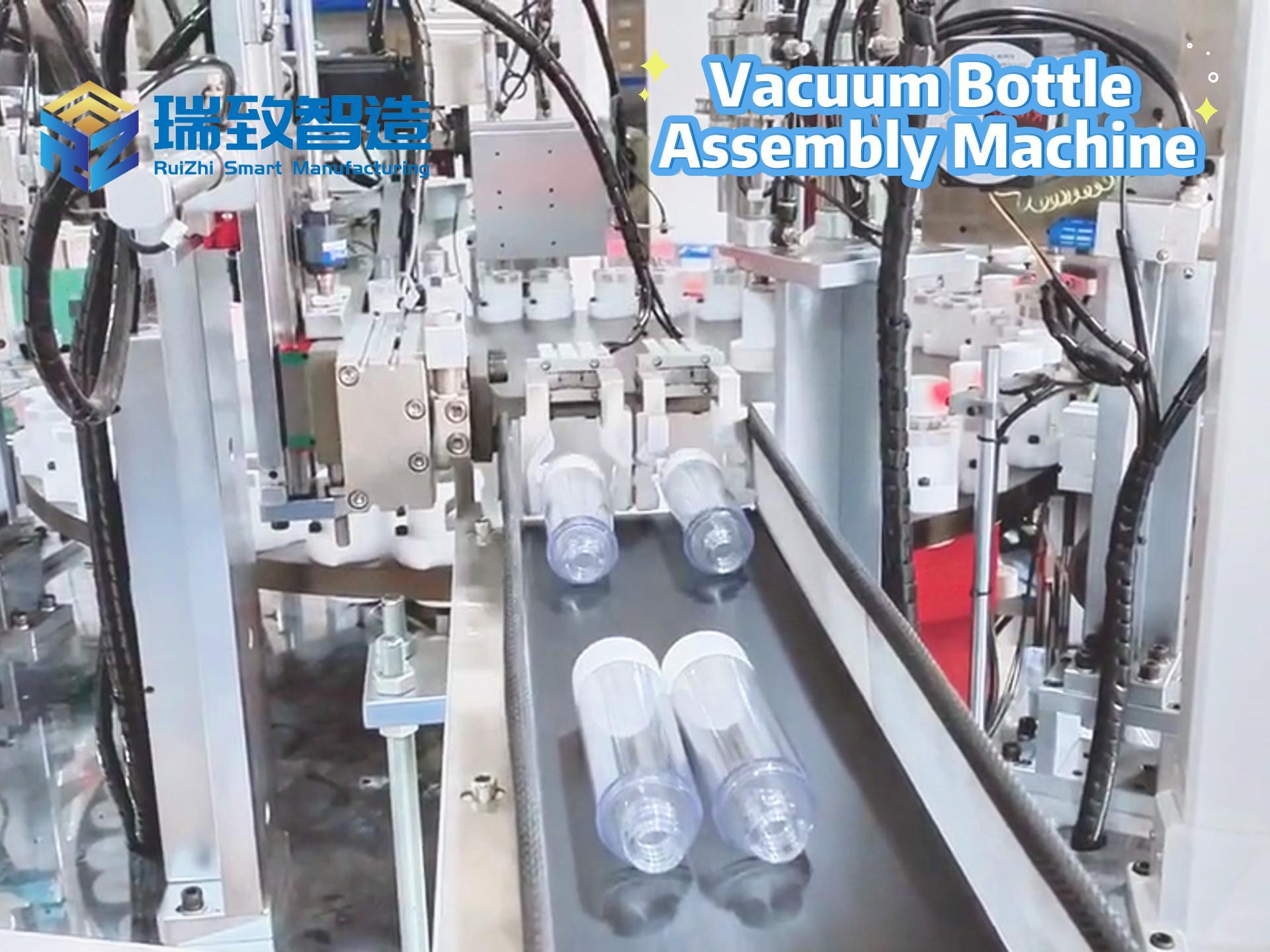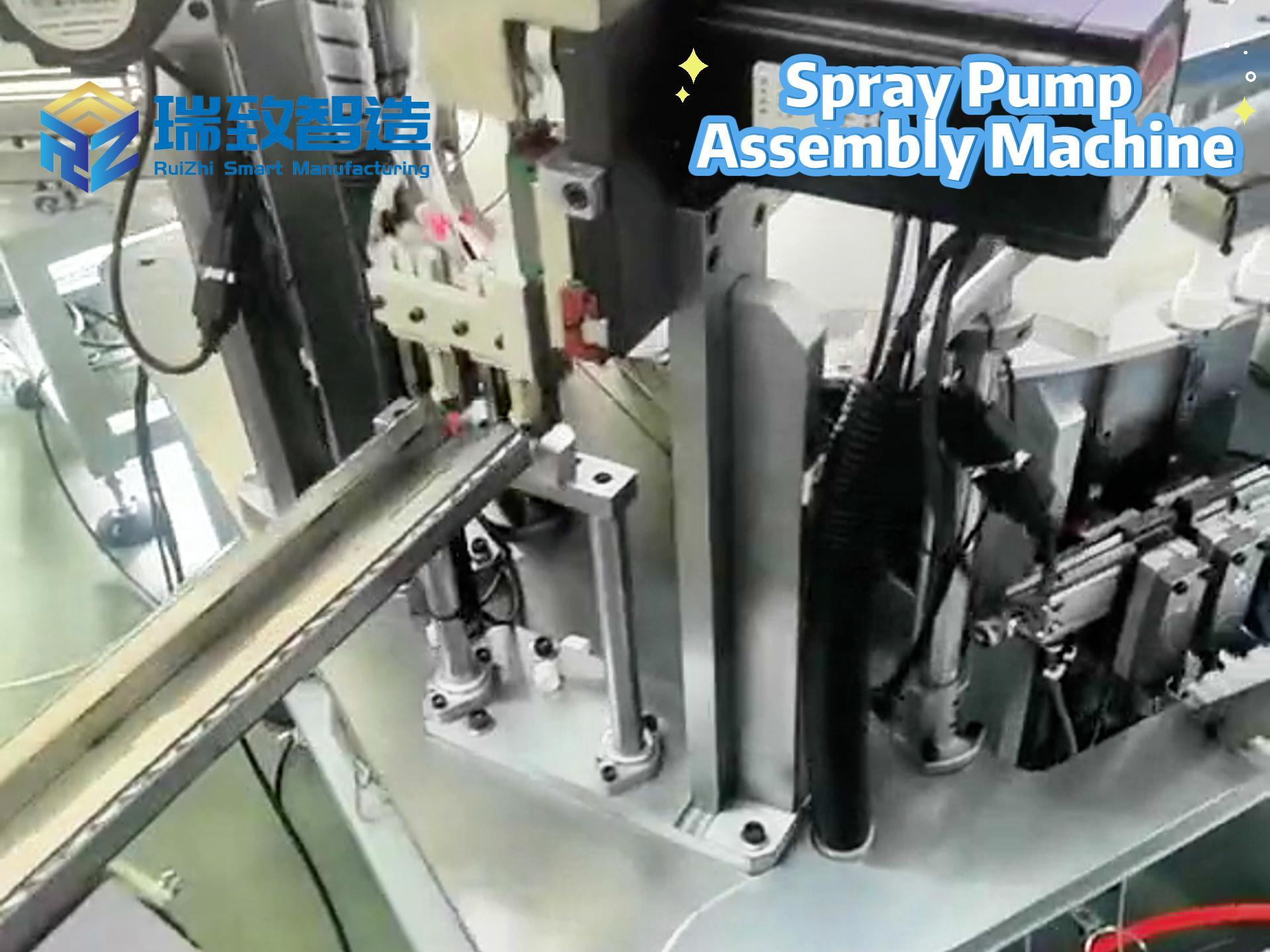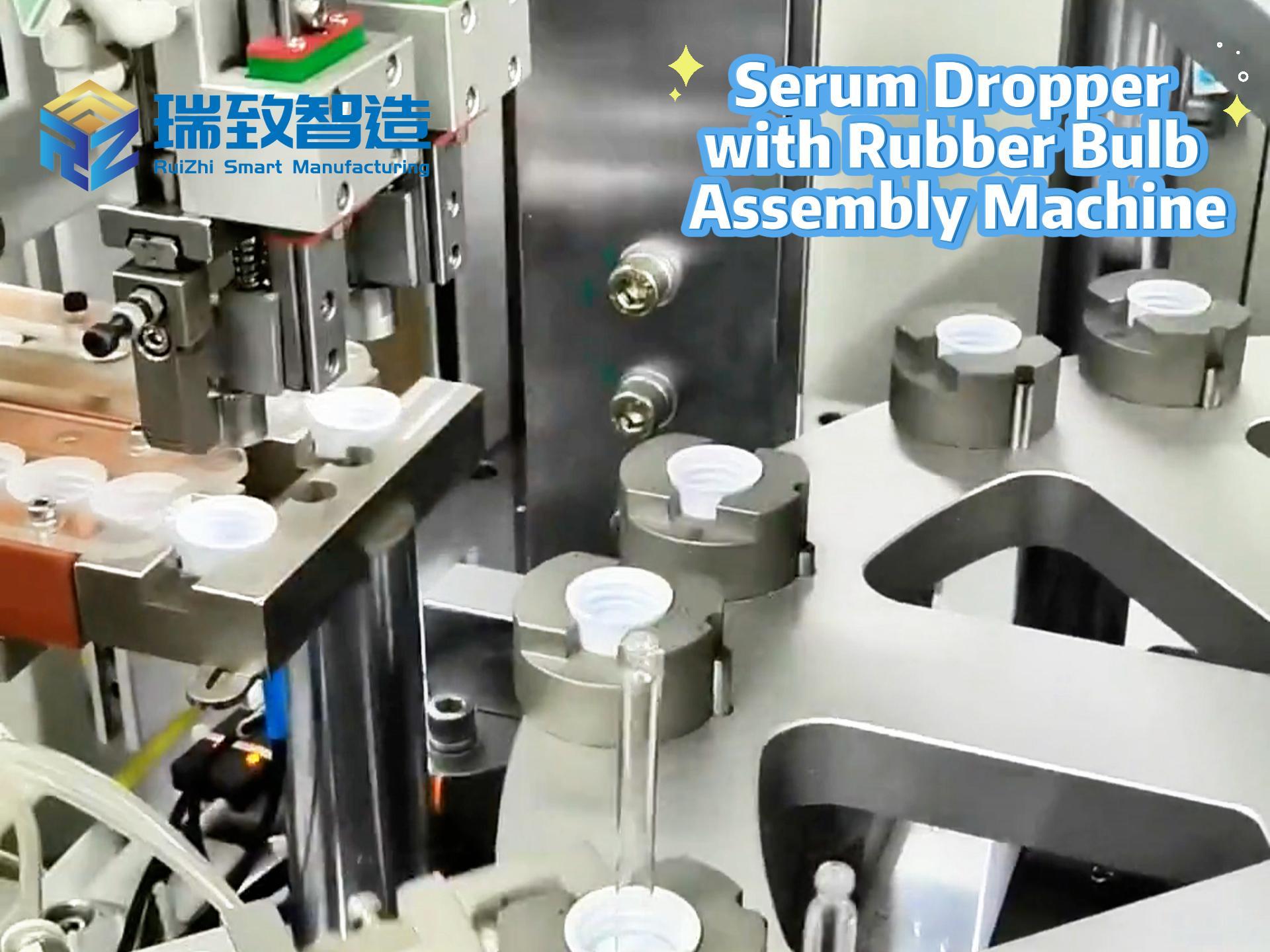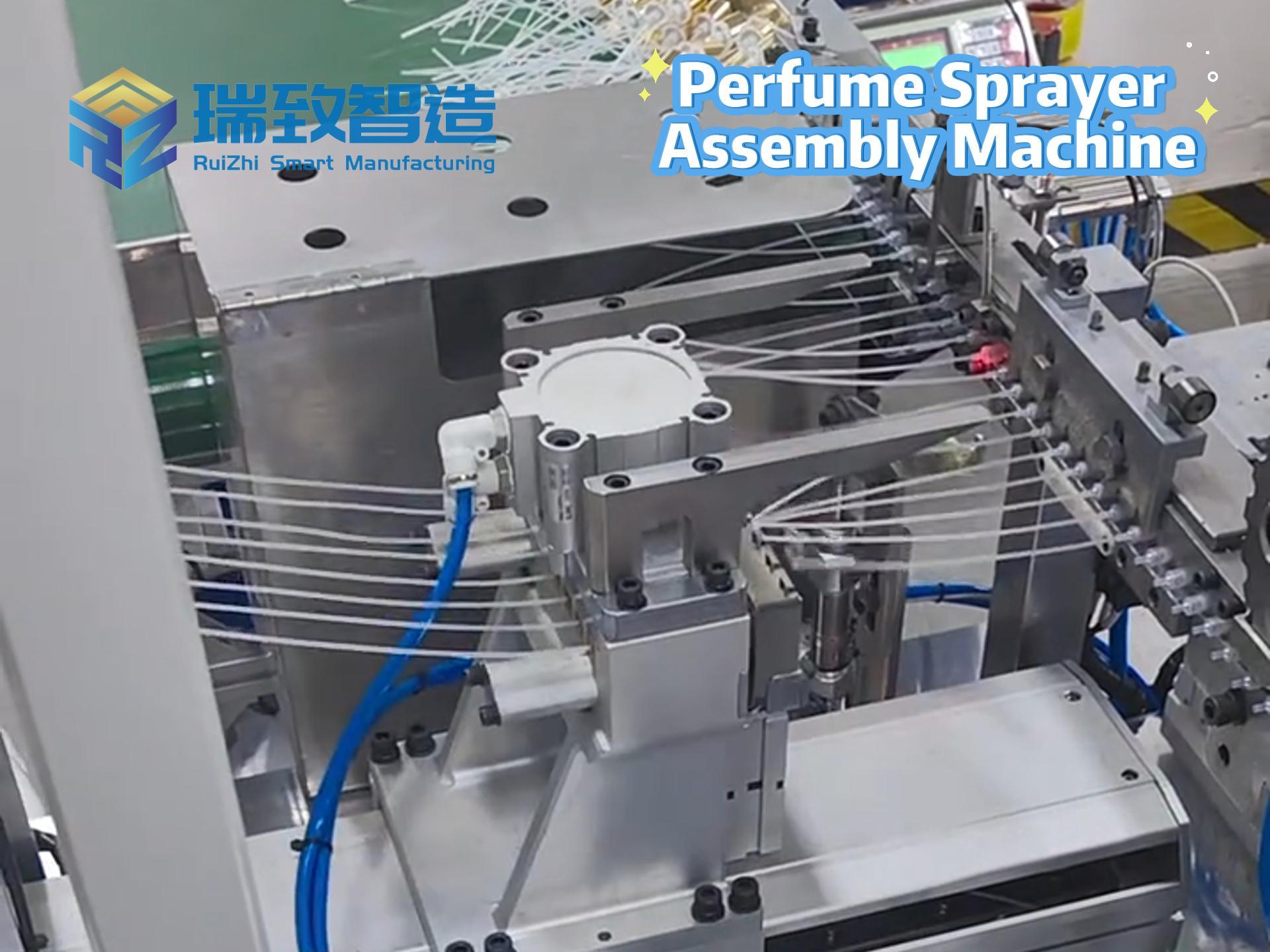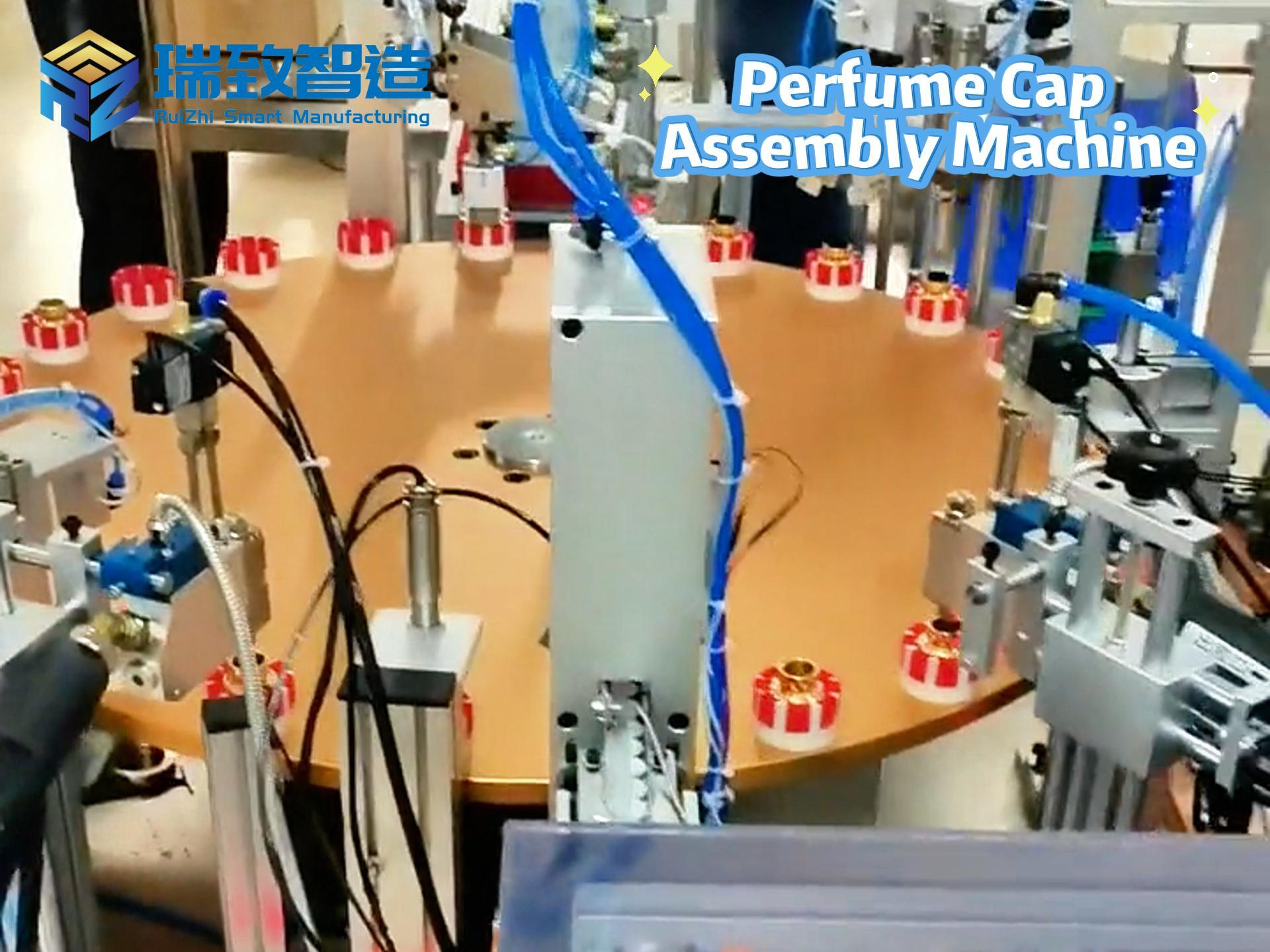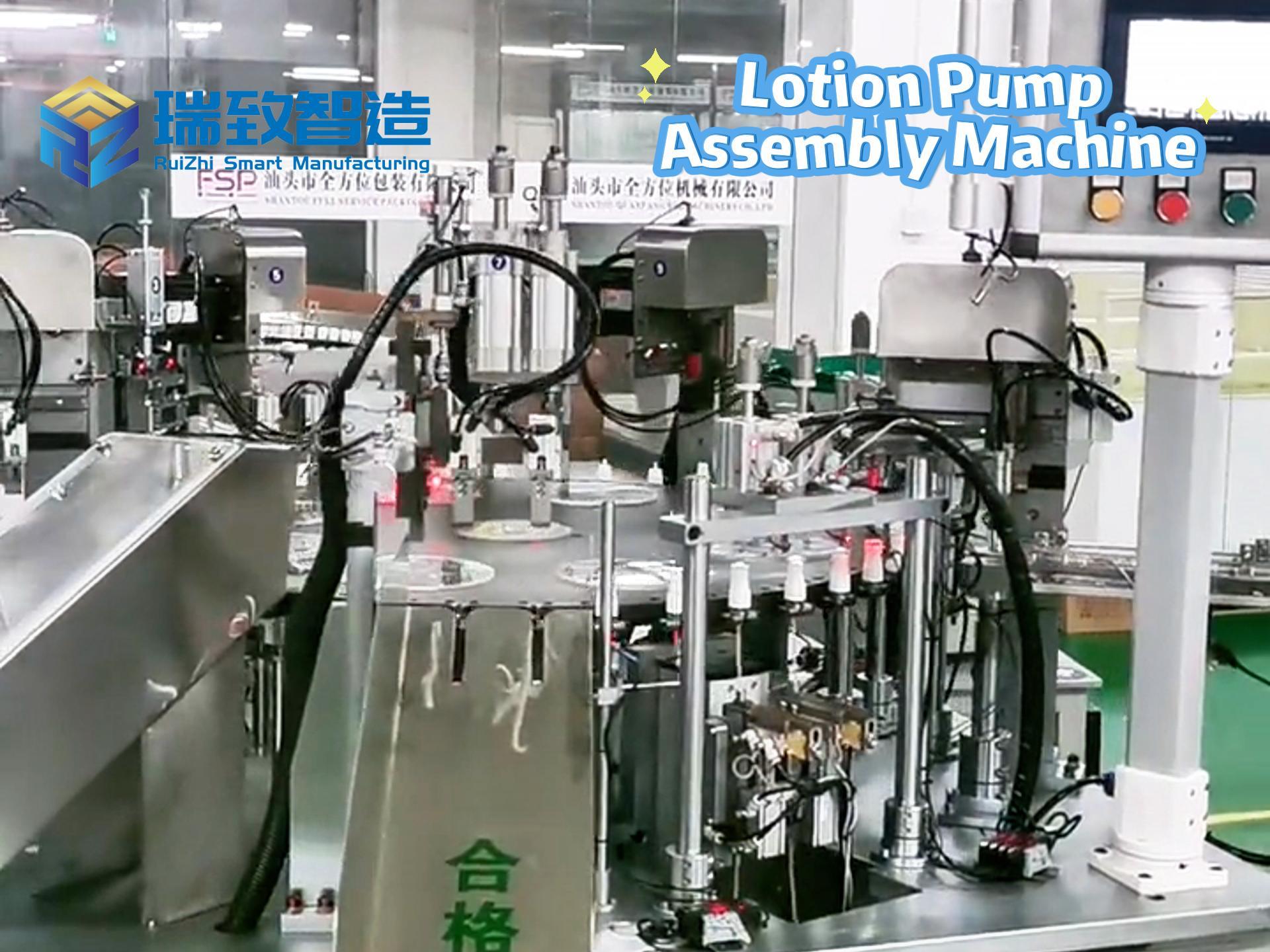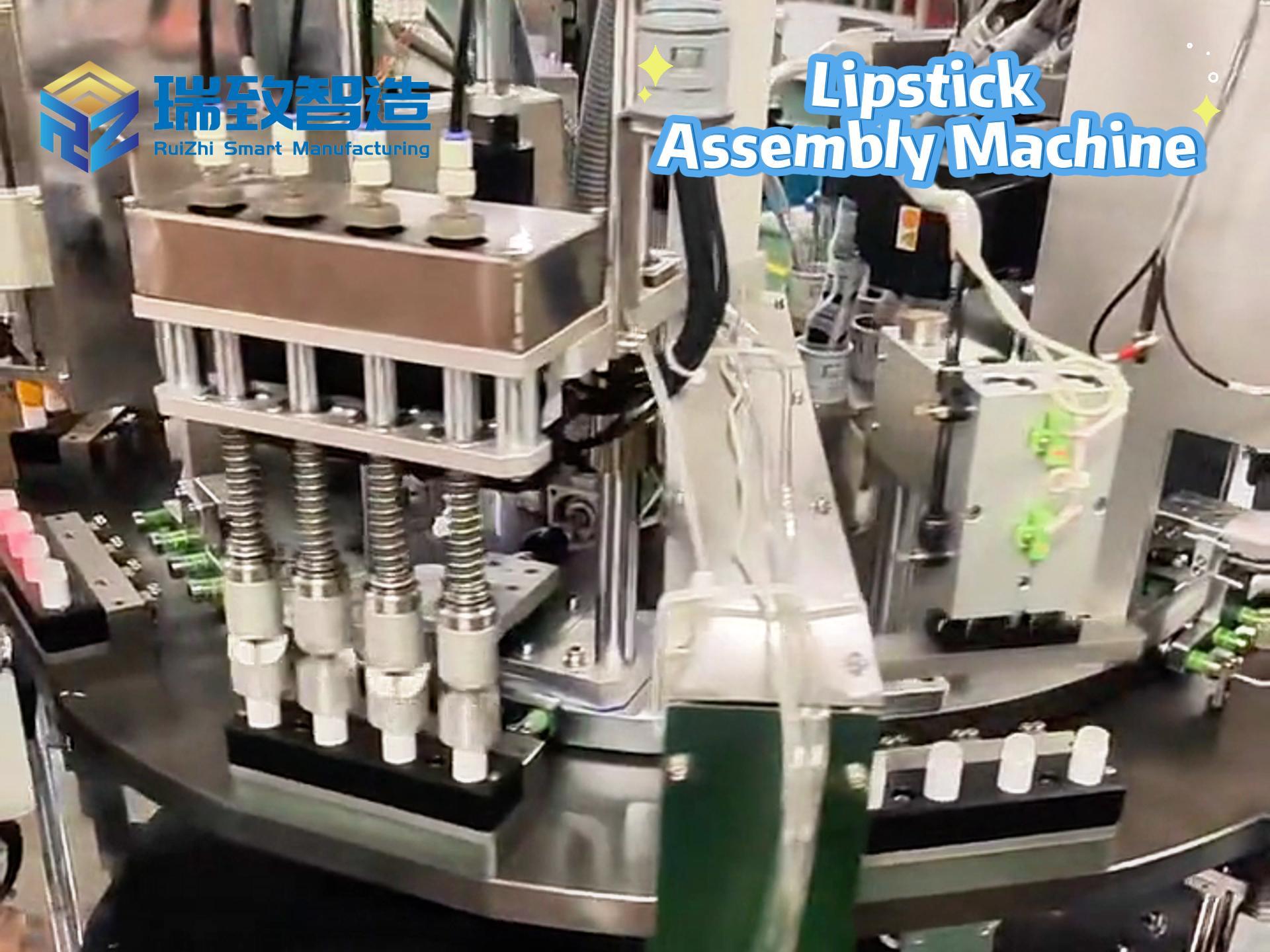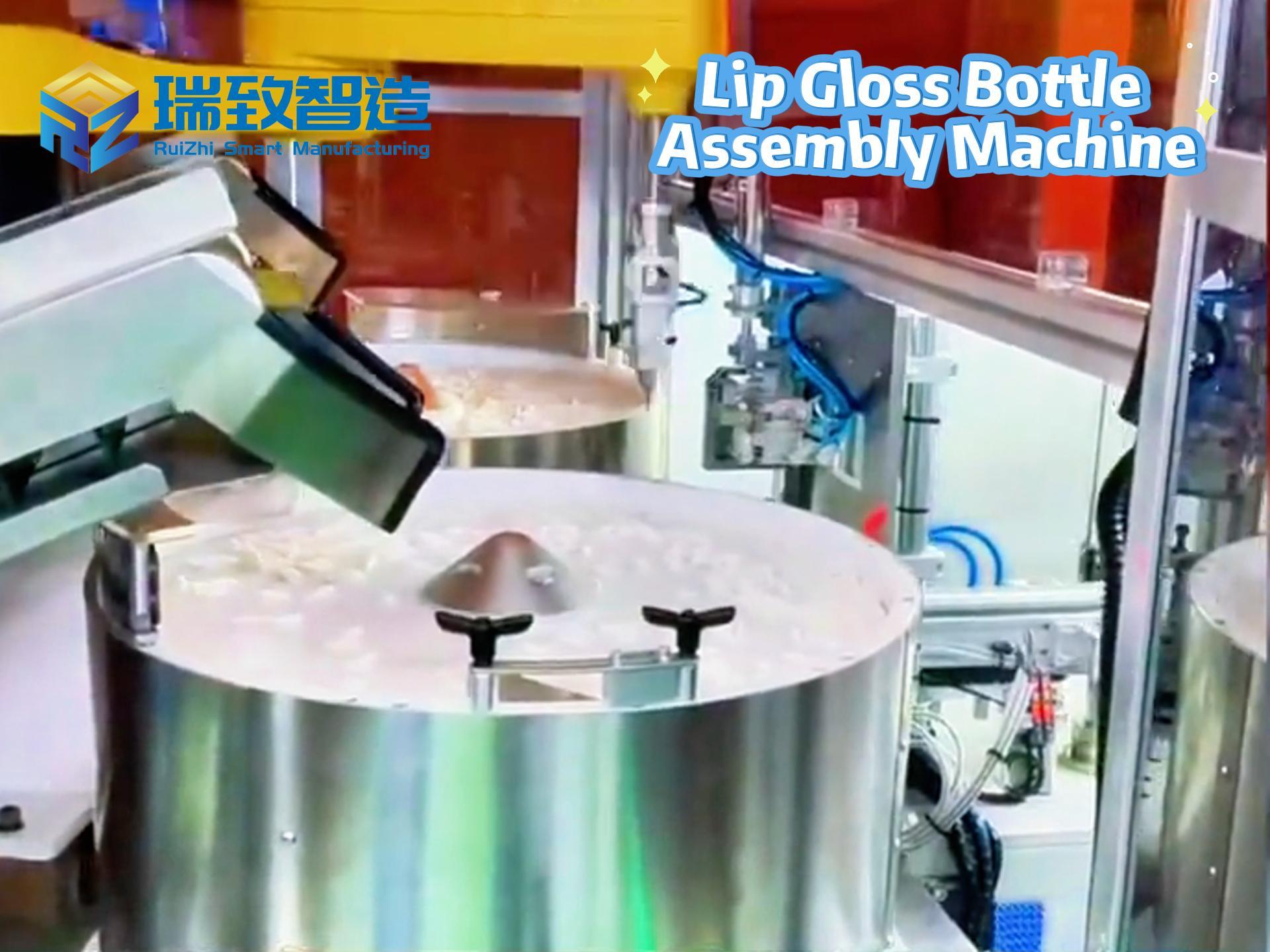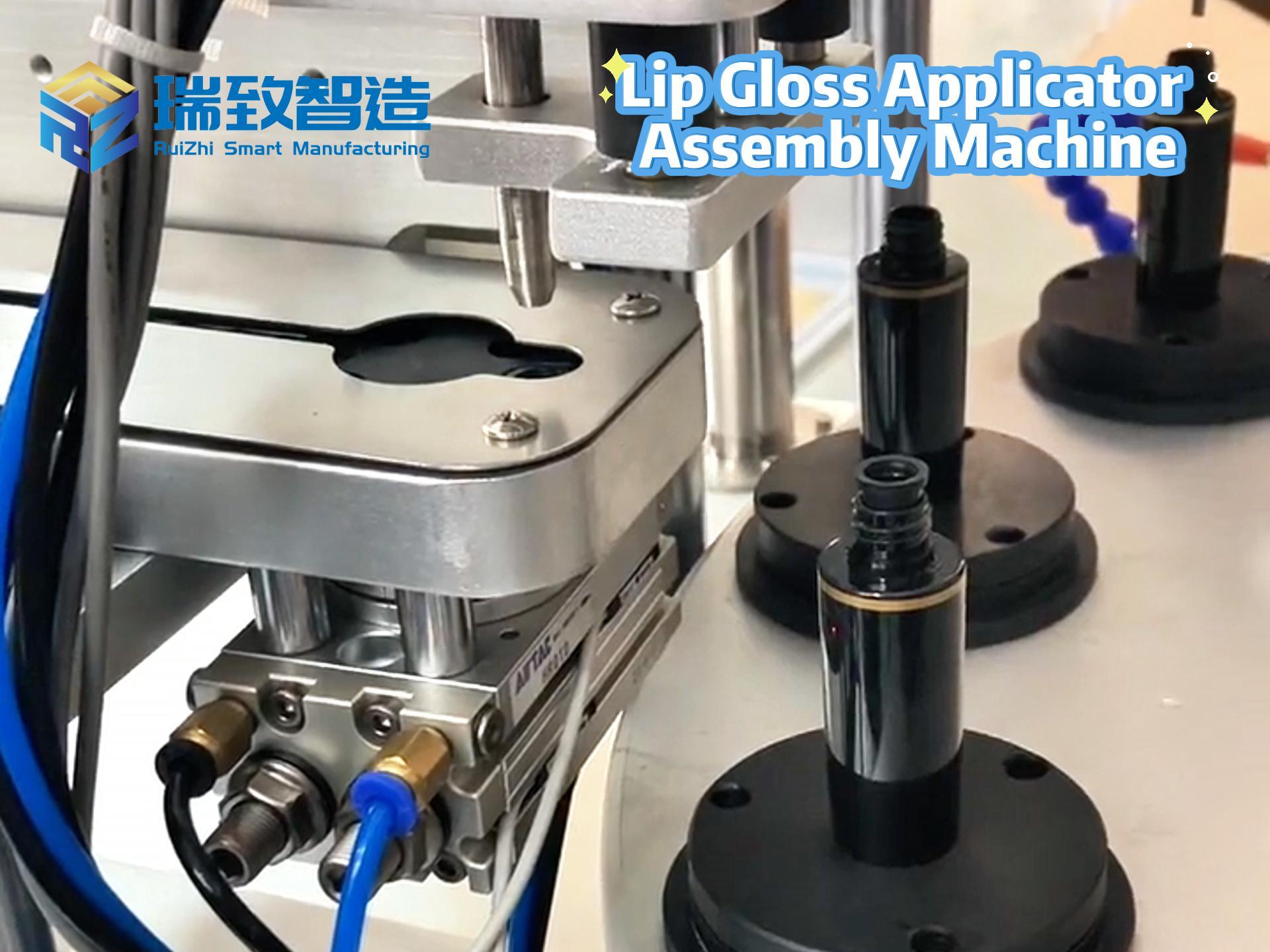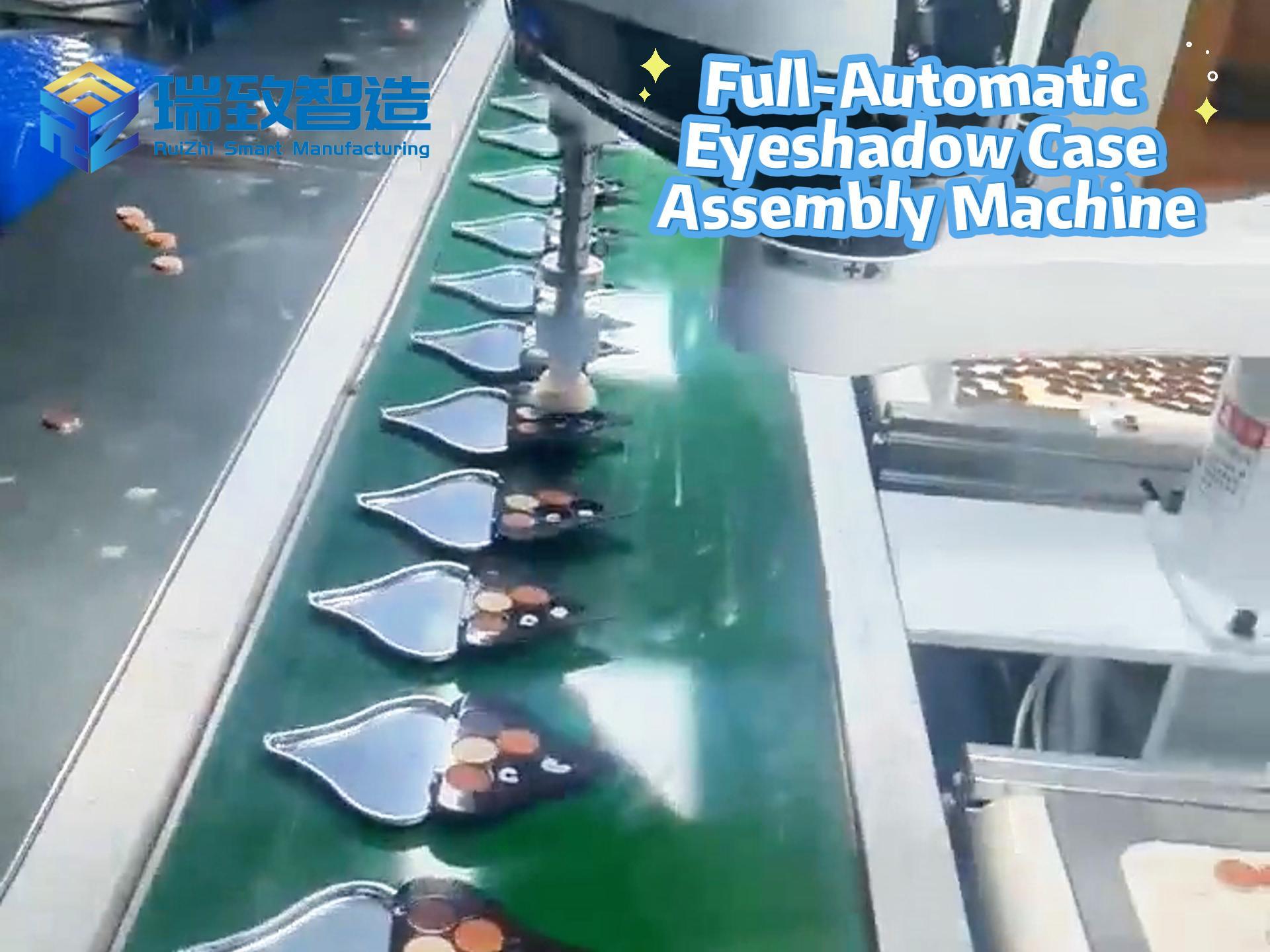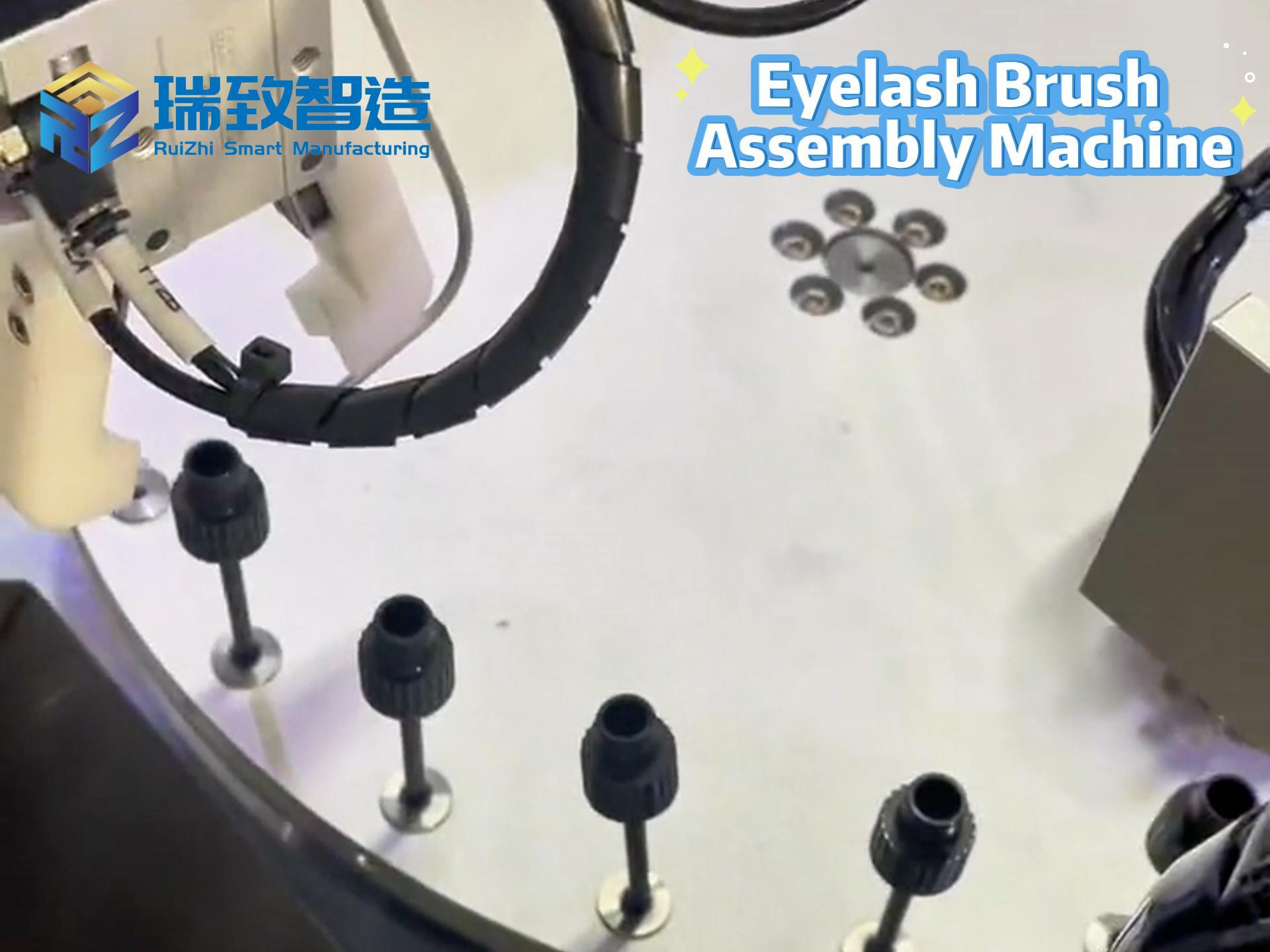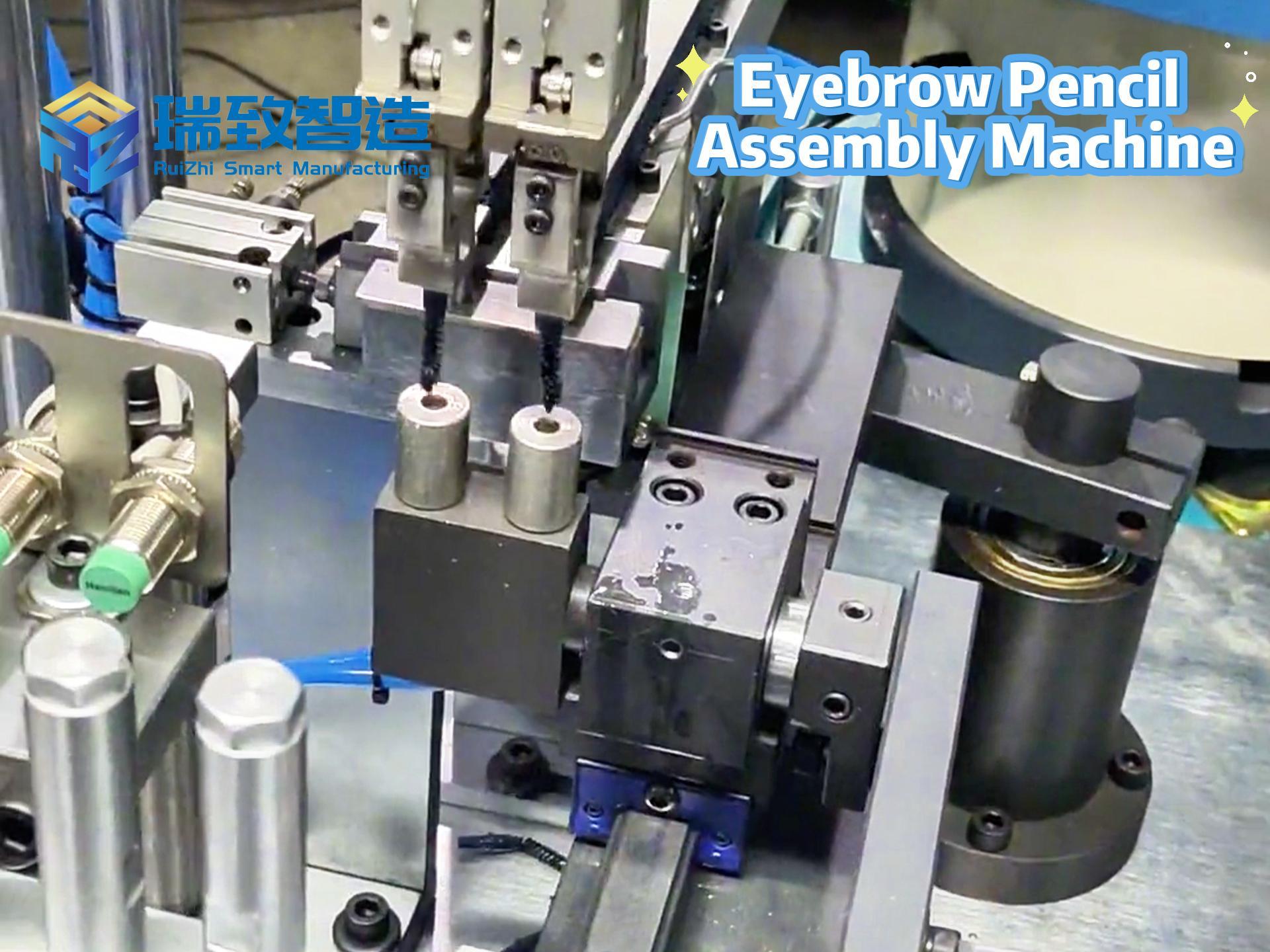Table of Contents
ToggleFlexible Automation for CEOs: Top-Level Design from Strategic Planning to Implementation

Decision-Making Dilemma:
CEO Li of a manufacturing enterprise stares at the annual strategy meeting minutes, deep in thought — the marketing department demands support for customized orders with “minimum 50 pieces,” the CFO worries that the 30-million-yuan automation transformation budget will drag down current profit margins, and the VP of production complains about poor compatibility between traditional lines and new systems. Between the “survival necessity” and “transformation pains,” how can top-level design make flexible automation an engine for strategic growth rather than a burden?
I. Strategic Positioning: Redefining the Corporate DNA of “Flexibility”
Beyond Tool Thinking: Flexible Automation as a ‘Gene Reconstruction’ for Strategic Transformation
·Market Dimension:
- Personalized demands are exploding (customized products will account for 45% by 2025), making flexibility a “threshold requirement” for order acceptance. A home appliance enterprise lost 20% of young customers over three years due to inability to handle small-batch customized orders.
Competition Dimension: - Industry benchmarks achieve “72-hour rapid prototyping” through flexibility, with order response speed 3 times faster and prices 15% higher (premium from flexibility).
Capital Dimension: - Institutional research shows that enterprises with flexible manufacturing capabilities have PE valuations 30% higher than traditional ones. A new energy auto parts supplier saw its IPO valuation rise by 500 million yuan due to flexibility transformation.
Strategic Suitability Assessment: Locking Transformation Priorities with a ‘Three-Dimensional Matrix’
| Assessment Dimension | High-Suitability Scenarios | Low-Suitability Scenarios | Decision Recommendation |
| Order Structure | Small-batch orders >40% (e.g., 3C electronics, medical devices) | High-volume production of single products (e.g., standard parts) | Prioritize transformation to build a second growth curve |
| Product Iteration Speed | >20 new product R&D annually (e.g., smart wearables, FMCG) | Product lifecycle >5 years (e.g., construction machinery parts) | Selective transformation focusing on bottleneck links |
| Customer Bargaining Power | Need to respond to flexible demands of key clients (e.g., Apple, Amazon) | Low-end markets dominated by cost competition | Strategic necessity to avoid customer loss |
II. Top-Level Design: Constructing a “Strategy-Capability-Resources” Triangle Model
Strategic Layer: Drawing the ‘Flexibility Strategy Blueprint’
(1) Dual-Drive Strategy
- Efficiency Drive:For mature products (60% of revenue), reduce production costs through flexibility (goal: 25% unit cost reduction within 3 years).
- Innovation Drive:For new products/customizations (40% of revenue), build rapid response capabilities (goal: prototyping cycle from 15 days to 3 days, order threshold from 1,000 pieces to 50 pieces).
(2) Financial Model Reconstruction - Establish “flexibility-specific financial indicators”:
- Flexibility premium rate = (customized order unit price – standardized unit price) / standardized unit price (excellent enterprises reach 20%-30%).
- Capacity elasticity coefficient = peak season capacity / off-season capacity (goal: from 1.5x to 3x to improve equipment utilization).
Capability Layer: Building ‘Technology + Organization’ Dual Engines
(1) Technical Capability Matrix
| Capability Module | Core Technologies | Strategic Value | Investment Priority |
| Quick Changeover | Modular fixtures + formula management system | Enhanced small-batch order acceptance | ★★★★★ |
| Intelligent Scheduling | Dynamic scheduling algorithms + digital twin | Capacity utilization >85% | ★★★★☆ |
| Data Traceability | Blockchain + IoT | Meet compliance requirements of high-end clients | ★★★☆☆ |
(2) Organizational Capability Rebuilding
- Establish a “Flexibility Transformation Office”:
- Led directly by the CEO, including CTO (technical implementation), CMO (market alignment), and CFO (cost control). An auto parts enterprise broke departmental barriers, improving transformation efficiency by 40%.
- Implement “Dual-Line KPI Evaluation”:
- Production departments add “small-order on-time delivery rate” (30% weight); sales departments add “flexible order conversion rate” (20% weight) to avoid traditional KPI resistance to transformation.
- Resource Layer: Optimizing ‘People-Funds-Property’ Allocation Priorities
- Funding Allocation:
- 60% for core equipment (e.g., flexible robots, intelligent warehousing), 30% for software systems (MES + digital twin), 10% for talent development (avoid “advanced equipment, lagging personnel”).
- Site Planning:
- Reserve 20% of factory area as a “flexibility pilot zone.” An electronics factory achieved dual-track operation: “traditional lines secure cash flow, flexible lines nurture new capabilities.”
- Talent Reserve:
- Launch a “Smart Technician Cultivation Plan,” transforming 30% of frontline employees into “multi-skilled workers” (mastering equipment operation + basic maintenance) within 3 years, with salary systems tilted 40% toward flexible roles.
III. Implementation Path: Key Steps from “Strategic Consensus” to “On-Ground Execution”
Pilot Breakthrough: Validating Strategic Feasibility with ‘Small Battles’
(1) Select Pilots with ‘High Strategic Significance + Low Transformation Difficulty’
- Prioritize:
- Links with the most prominent customer pain points (e.g., a pharmaceutical enterprise chose export preparation lines to secure EU orders through flexibility).
- Links with the clearest financial returns (e.g., SMT chip lines in 3C electronics, ROI up to 300% after transformation).
(2) Three Pilot Acceptance Principles
- Commercial closure: Pilot orders achieve profitability (e.g., a furniture factory’s custom single-cabinet pilot yielded 50% higher profits than standardized products).
- Data integration: Complete at least 3 system integrations (e.g., PLM→MES→WMS).
- Talent cultivation: Train 5-10 “transformation seeds” (core employees capable of independent flexible equipment operation).
Scaled Replication: Building a ‘Reusable Transformation Methodology’
(1) Establish a ‘Flexibility Maturity Model’
| Maturity Level | Core Characteristics | Key Indicators | Typical Cases |
| Initial | Single-station automation (e.g., sorting robots) | Changeover time >60 minutes | Preliminary transformation in SMEs |
| Process | Line-level flexibility (multi-station collaboration + system interconnection) | Small-order delivery cycle reduced by 50% | Line-level transformation in mid-sized enterprises |
| Network | Factory-level/supply chain-level flexibility (data interoperability) | Cross-plant capacity scheduling rate ≥30% | Ecosystem-level collaboration in large groups |
(2) Create a ‘Transformation Battle Map’
- Define three milestones:
① Within 1 year: Complete pilot line transformation, doubling small-order acceptance capability.
② Within 3 years: 70% plant-wide flexibility coverage, flexible orders accounting for >40% of revenue.
③ Within 5 years: Become an industry flexibility benchmark, exporting solutions for premium (e.g., Haier COSMOPlat model).
- Change Management: Bridging the Gap from ‘Strategic Consensus’ to ‘Execution’
- Three Core Actions for CEOs:
① High-frequency communication: Hold monthly “transformation briefings,” convincing resistant departments with pilot data (after a factory showed 30% profit growth in pilot lines, finance (proactively) relaxed the budget).
② Resource prioritization: Ensure personnel/funding for transformation teams (a car enterprise applied for a separate 300-million-yuan low-interest loan for transformation projects).
③ Error-tolerant mechanisms: Set up a “transformation trial fund” (10% of total budget), allowing non-principled mistakes (e.g., equipment debugging delays within 15%).
IV. Risk Control: Three Red Lines CEOs Must Uphold
Financial Red Line: Comprehensive ROI Calculation
- Avoid focusing only on equipment procurement costs, ignoring hidden benefits:
- After calculating “increased small-order acceptance + enhanced customer stickiness,” a hardware factory found actual ROI was 40% higher than initial estimates.
- Mandatory: Engage third-party agencies for a Flexibility Financial Impact Assessmentincluding 5-year cash flow forecasts and sensitivity analysis (e.g., plans for 20% order volume decline).
Compliance Red Line: Avoid Regulatory Pitfalls
- Manufacturing: Ensure compliance with ISO 9001 (quality), ISO 14001 (environment), etc., post-transformation.
- Pharma/Food: Communicate with regulators in advance (e.g., FDA, CFDA). A pharmaceutical enterprise invited inspectors to participate in scheme design pre-transformation, avoiding 30% budget waste from post-hoc rectifications.
Cultural Red Line: Guard Against Organizational Turbulence from ‘Technical Overreach’
- A home appliance enterprise aggressively laid off 20% of staff to promote automation, causing core technician 流失 (loss) and a 40% surge in equipment failure rates, eventually forcing the recall of veteran employees.
- Balance: Limit personnel optimization to <10% during transformation; retrain 60% of traditional employees into “smart technicians,” and transfer 30% to new O&M/data roles.
V. Benchmark Insights: Strategic Choices of Leading Enterprises
Case 1: Haier COSMOPlat — From ‘Manufacturing’ to ‘Manufacturing as a Service’
- Strategic positioning: Transformed flexibility capabilities into platform services, allowing SMEs to rent flexible manufacturing modules. Platform revenue reached 5 billion yuan in 2024, accounting for 15% of group revenue.
- Key action: The CEO personally promoted the “people-order integration” reform, making each team a “flexible profit unit” to ignite grassroots innovation.
Case 2: Tesla Shanghai Gigafactory — Flexibility Supports ‘Extreme Cost Reduction’
- Strategic path: Achieved co-line production of Model 3 and Model Y via flexible lines, with changeover time <5 minutes, driving per-vehicle manufacturing costs 30% lower than traditional automakers.
- Risk control: Reserved 20% capacity for new model trial production to avoid full-line switching risks.
VI. CEO Action List: 90-Day Sprint from Decision to Landing
Days 1-30:
- Convene a board strategy workshop to demonstrate transformation necessity using the “three-dimensional matrix.”
- Establish a “Flexibility Transformation Office,” clarifying C-suite divisions (with KPI responsibility letters).
Days 31-60:
- Complete pilot line selection (compare 3 supplier solutions, prioritizing industry-specific cases).
- Launch a “management team transformation workshop,” visiting benchmark enterprises (e.g., Haier, Midea).
Days 61-90:
- Break ground on pilot lines, simultaneously launching “smart technician” recruitment and training programs.
- Formulate a Transformation Risk Emergency Plan, defining decision processes for downtime >48 hours.
Conclusion: The CEO’s Ultimate Proposition — Navigating Transformation Cycles with Strategic Resilience
Flexible automation transformation is not a “multiple-choice question” but a “compulsory answer.” As technological dividends intersect with market changes, the CEO’s core task is to build a dual drive of “strategic vision + execution resilience”: anchoring direction with top-level design, accumulating confidence through pilot breakthroughs, and rallying consensus via change management. Remember: Enterprises that stand out in transformation never succeeded by avoiding all risks, but because CEOs had the courage to elevate “flexibility” from a technical project to a corporate strategy, enabling organizations to evolve continuously amid dynamic change.
(For executive-exclusive toolkits like the Flexibility Strategy Planning Template and Transformation Risk Assessment Form, welcome to private message for assistance in building future-proof core competitiveness!)
“sealing ring machine” “sealing machine rings” “sealing ring”




